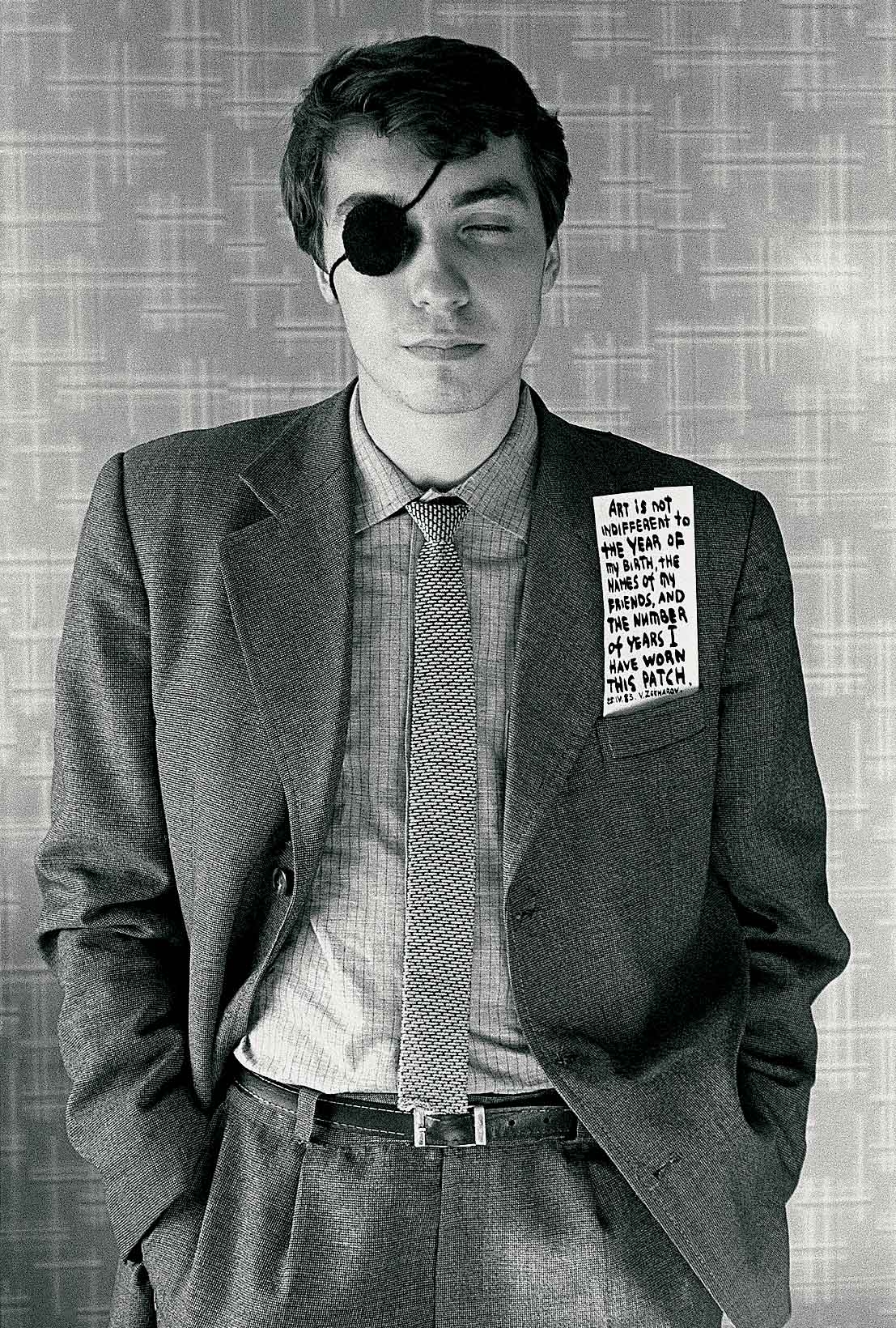ArtReview sent a questionnaire to a selection of the artists exhibiting in various national pavilions of the Venice Biennale, the responses to which will be published over the coming days. Vadim Zakharov is representing Russia. The pavilion is in the Giardini
What can you tell us about your plans for Venice?
At present I can only tell you that it is an on-going process. Everybody will be able to experience it during the opening days of the Venice Biennale.
Are you approaching the show in a different way to how you would with a ‘normal’ exhibition?
The Venice Biennale is a very complex format for an artist – the more so because of the specifics of exhibiting in the national pavilion. There are a lot of parameters to take into account. The year I spent working on the project was particularly difficult. I had to make the effort to squeeze all of the experience that I have gained in thirty years into one project. Those years of experience are almost invisible to the viewer, but they are very present, woven into the overall pattern of the project. It was highly important for me to create a conceptual ornament, which could be seen at once, without having to struggle through the personal creative biography of the artist.
What does it mean to ‘represent’ your country? Do you find it an honour or problematic?
I don’t think that a national pavilion has to present something specifically national or something that is specific to that country alone. I don’t show Russian dolls, ballet, or vodka! What is important to me is the universal view. A universal approach to culture has always been characteristic of the Russian intelligentsia. The project touches on many questions (including unpleasant questions) about Russia and about all other countries.
What audience are you addressing with the work? The masses of artist peers, gallerists, curators and critics concentrated around the opening or the general public who come through over the following months?
Simply said, I want to address it to everybody. I don’t want any exclusions. My approach is universal and I think my project for Venice is very much based on this conviction.
What are your earliest or best memories of the biennale?
Hans Haacke’s installation Germania at the German pavillion in 1993
You’ll no doubt be very busy, but what else are you looking forward to seeing?
As Massimiliano Gioni’s idea of The Enyclopedic Palace is very close to my way of working and thinking, the way it addresses the idea of the archive for example – I very much look forward to spending as much time as possible in the exhibition.
